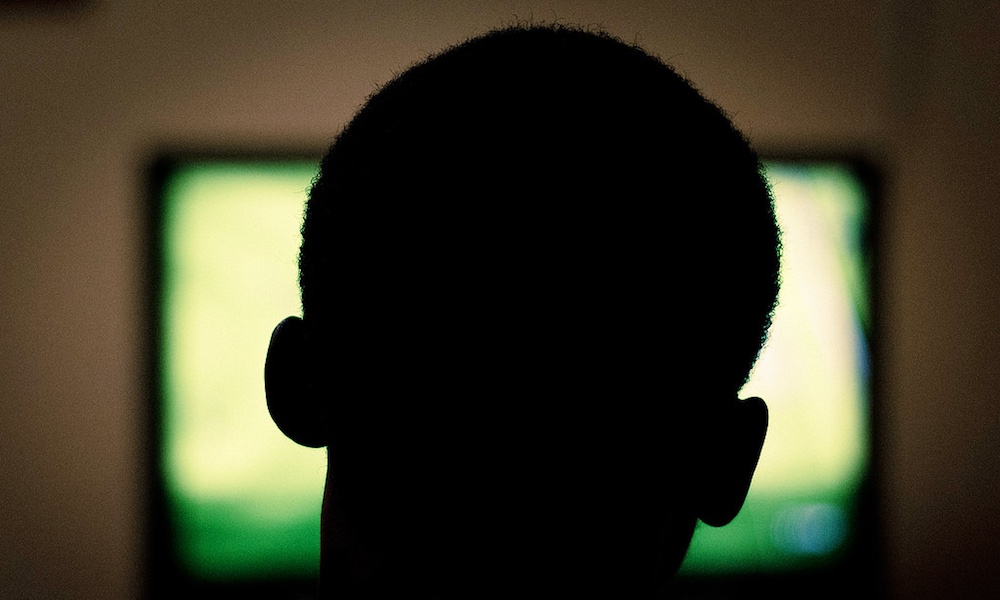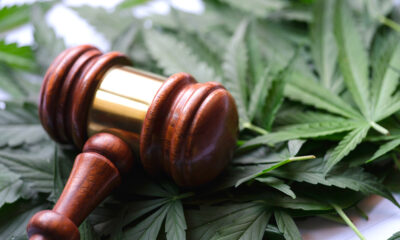
Culture
Netflix Proves That Marijuana Has Gone Mainstream
While the streaming giant receives push back about nicotine use, others are questioning portrayals of cannabis consumption.
Anyone searching for definitive evidence that marijuana is going mainstream in the United States should look no further than Netflix. The popular American streaming service, which produces a variety of original programming, seems to believe that while it is irresponsible to glamorize cigarette smoking in their programming, that doesn’t have much to do with weed. If anything, the company has made it a point as of late to do business with showbiz types that include the use of cannabis products in their storylines as a manner of keeping true to the times.
Indeed, we are now living in a world where depictions of tobacco use in shows and the movies are seen as more problematic than smoking marijuana. It was just last month that Netflix announced that it was planning to limit scenes showing cigarette smoking after research from the Truth Initiative showed the company had tripled these kinds of images from the previous year. The primary culprit responsible for this increase was the company’s mega-hit “Stranger Things,” which showed cigarette use in “100 percent” of its episodes. So, Netflix agreed to pull back on these smoking shots as much as possible. Just enough not to have an influence on the teenaged viewers.
“Netflix strongly supports artistic expression. We also recognize that smoking is harmful and when portrayed positively on screen can adversely influence young people. Going forward, all new projects that we commission with ratings of TV-14 or below for series or PG-13 or below for films, will be smoking and e-cigarette free — except for reasons of historical or factual accuracy,” Netflix told The Hollywood Reporter. “For new projects with higher ratings, there’ll be no smoking or e-cigarettes unless it’s essential to the creative vision of the artist or because it’s character-defining (historically or culturally important).”
Nothing about this decision, however, included the use of marijuana. Netflix does
The decision not to limit marijuana use has some health professionals a little riled up. They believe pot smoking is just of a much a detriment to the younger generation as tobacco.
“Rating a film for 14-year-olds that’s promoting substance abuse — it’s like the peak of risk,” Stanton Glantz, a professor of medicine at the University of California, San Francisco told National Public Radio. “Marijuana is not harmless.”
But there is a cultural significance that comes with marijuana these days that is no longer the case with tobacco. Some of the latest federal data show that cigarette smoking among teens has declined substantially over the past four decades. There is even research to suggest that young adults are less interested in smoking marijuana than they were in the past. In Colorado, for example, teenaged marijuana consumption by way of smoking is down roughly 10%. These youngsters prefer edibles instead. But this doesn’t mean the country is in the midst of a problem stemming from kids using cannabis products. In fact, some of the latest research shows that more teens are using less marijuana since it started going legal. There is no denying, however, that marijuana is a way of life for this demographic. Perhaps this is the reason that streaming services like Netflix have held their ground when it comes to restricting images of pot consumption.
Or perhaps more than that, the company is looking to generate some additional revenue from the burgeoning cannabis trade. As it was pointed out in a recent column from the Washington Post, the only reason cigarette smoking became so prevalent on television back in the day was for the purpose of profit. Tobacco companies used to shell out big bucks on productions so that actors would use their goods on screen. It’s called product placement. It is a situation where if you see someone drinking a Budweiser on a show, the company paid a significant chunk of change to be featured in the scene. So, considering that the cannabis industry is still relatively limited when it comes to advertising, there are concerns that these companies might start financing film and television projects to spread the good word similar to how the tobacco companies once did.
“Netflix ought to be adopting a policy that, you know, is not only based on the bombproof science we have on tobacco,” Glantz said, “but brings common sense into the discussion for these other exposures.”
But just because marijuana use is going mainstream and is now being shown regularly in Hollywood productions doesn’t mean the industry won’t be pressured to change its attitude toward pot in the future. Recently, the National Association of Attorney Generals sent a letter to streaming services demanding policy changes when it comes to their depictions of tobacco use. Lawmakers will likely come out in full force soon to apply some pressure against Hollywood’s relationship with pot. How that will all shake out remains to be seen. History tells us it might get rough. Perhaps if marijuana can find a way to disassociate from smoking, it stands a better shot at surviving on screen in the same fashion that alcohol has enjoyed for decades.
TELL US, what’s your favorite Netflix show that features weed?


























